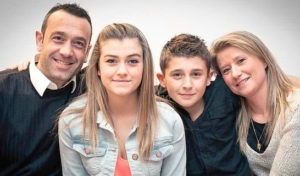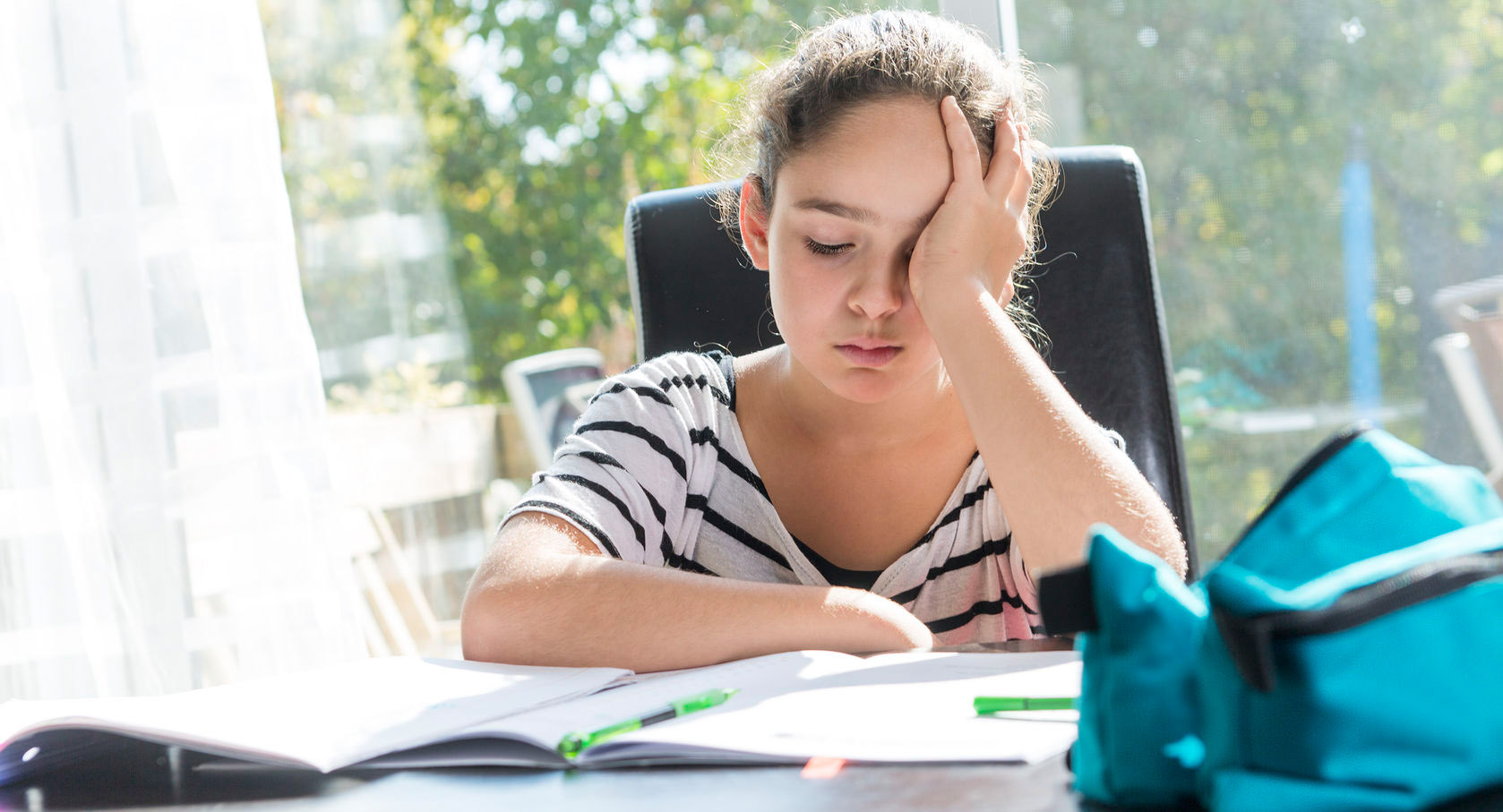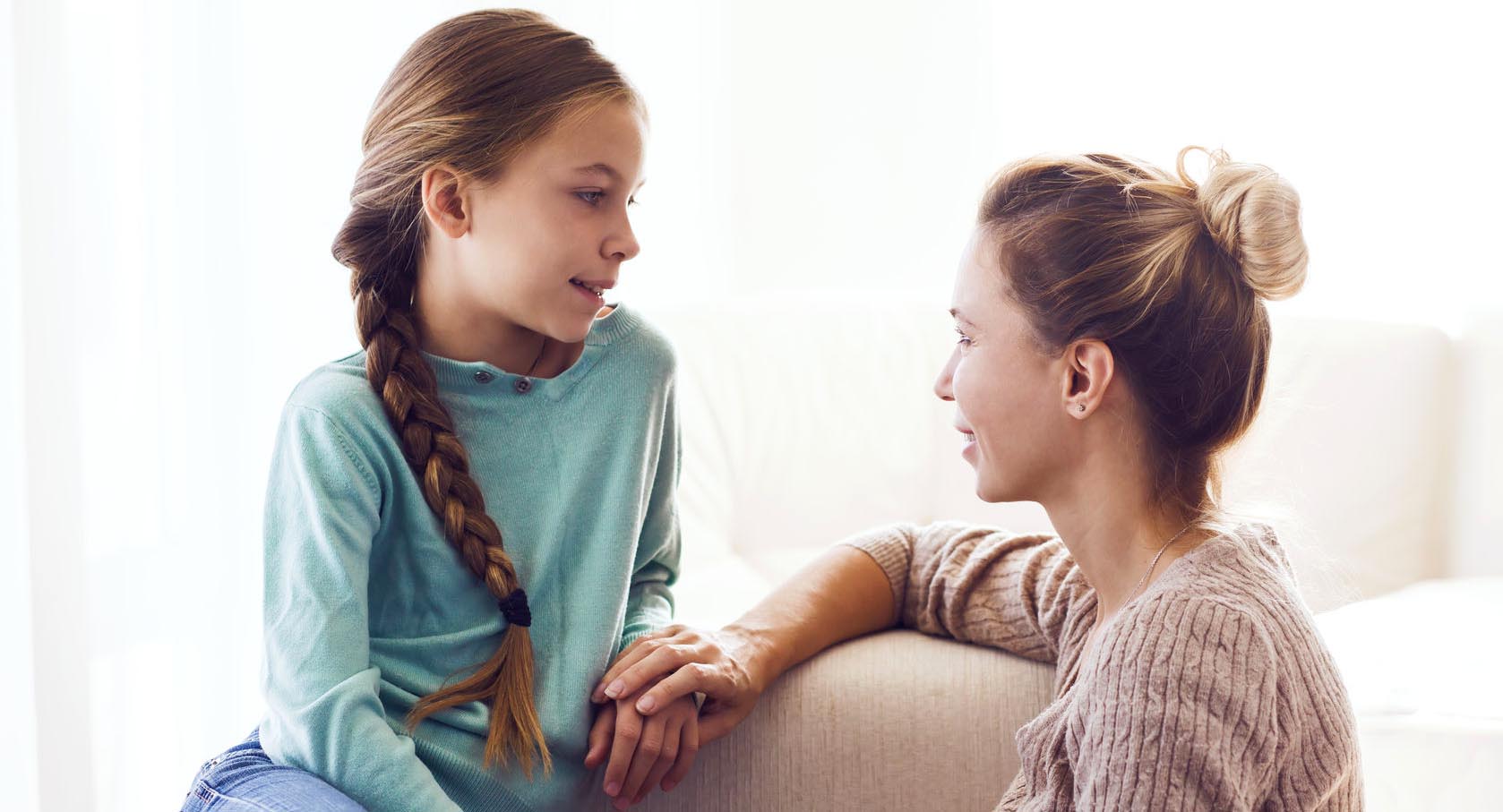We are facing a crisis in America, and in other countries around the world, with the rise of Opioid and other pain medication addiction. While our personal and professional definitions of pain vary dramatically and often measured on a subjective scale of “1-10”, we are often focused on trying to eliminate pain, rather than manage it.
“Pain is a symphony – a complex response that includes not just a distinct sensation but also motor activity, a change in emotion, a focusing of attention, a brand-new memory.” DR. Atul Gawande
![brain-resource-migraines[1] (2)](http://www.suzannefalla.com/wp-content/uploads/brain-resource-migraines1-2.jpg)
Emotional distress, pain and discomfort is part of human experience and eliminating it or extreme avoidance makes us vulnerable to human exchange and effects not only our social and emotional intelligence but also our cognitive development. Pain to some extend builds resiliency.
Certain types of discomfort and pain, as a challenge to any organism (with the right context and dosage) can in fact lead to residency and strengthen the organism.
“Pain is a part of the human experience and has a function. Its re contextualization, re framing, and management for improving people’s lives seem crucial but this should not be confused with the pursuit of the elimination of pain as a part of human experience. Neuroscience research findings suggest that experiencing pain and having empathy is neurologically connected. In fact, dulling pain may also reduce the level of empathy. Pain perception happens to engage some of the same neural pathways in the experience of empathy and it activates similar networks as when we ourselves are in pain.” DR.Kamran Fallahpour
Physical pain is a helpful indicator when something is wrong with our bodies. It’s healthy to feel pain at certain times, as this is one way our body communicates to our brain that we need to walk more gently if we feel a sprained ankle, need to change the way we are eating if we experience heartburn, need to drink more water if we are feeling faint, and so on.
When we learn to listen to our bodies, and lie down when we have a headache, rather than reaching for a pharmaceutical, we are treating ourselves naturally, without overly relying on over-the counter meds.
In more serious circumstances, when we are prescribed pain medication after a surgical procedure, we certainly can heal faster by being able to rest and recover, or to take part in physical therapy needed to reduce the chances of scar tissue building up or other outcomes. That said, when we listen to our bodies, even after having surgery and completing physical therapy, we can wean ourselves off pain medication as we feel stronger and more able to live normally – without becoming addicted to the idea that we can live pain free.
We can even apply the idea of learning to “live with pain” when we have chronic conditions.
According to a 2011 report by the Institute of Medicine, Relieving Pain in America, there were 100 million Americans dealing with chronic pain in 2010 alone and this number is growing as the population ages. The costs associated with chronic pain, usually defined as pain lasting longer than three months and without a clear prognosis, can be astronomical and not just due to the high price of pharmaceuticals.
One estimate by health economists at John Hopkins University puts the annual economic costs linked to chronic pain at $635 billion annually, far greater than for cancer, heart disease, or diabetes.
This includes direct costs such as health care and indirect costs resulting from lost work days or productivity, and this loss of income due to “over-medicating” can cause major crises for individuals and families
There are many alternative and highly effective ways for people to deal with pain, even chronic pain, learning to manage and understand the signals of pain as part of living a full life and strengthening themselves physically and emotionally.
Natural ways to manage pain include:
- Plenty of exercise and “fresh air” – even a short walk outside can bring more oxygen and a new point of view into the life of someone experiencing pain
- Yoga and other exercises which can be guided by professionals who understand how to set up appropriate stretching and light movement programs
- Nutritious eating, with fresh local ingredients, balanced meals, protein for rebuilding muscles, and more
- Hydrating: water, water and more water can help keep our systems cleansed and running optimally
- Certain kinds of healthy teas, which bring comfort and relief, particularly herbal teas which can aid in breathing while also providing an enjoyable, fragrant pause to a stressful day
- Heat and cold therapy, which doctors and nurses can provide guidance for
- Simply soaking in a bath or taking a long shower
- Massage therapy, available in any city or town, with registered therapists who can address local and general pain
- Meditation of many different kinds, which can calm the mind and body for short or longer periods when pain seems to be increasing
- Sleep, sleep and more sleep: there is nothing like restorative sleep
Of course, there are simply some conditions where physical pain can become unbearable, and in these cases, physicians can prescribe appropriate medications as well as guidance on how to use those medications and how to avoid addiction.
One of the great benefits of learning how to manage pain in more healthy ways is become more in-tune not only with one’s body, but the world around them!
Who wants to go through life so medicated that they cannot actually experience life?
This is particularly important for our children and young adults, who are sometimes over-protected by parents having a hard time seeing their children experiencing discomfort.
Rather than reaching for medications, we encourage parents to understand the role of pain, how to manage it, tolerate it and how to communicate about it as signals of pain are important in early diagnosis of serious problems.
By teaching our children that discomfort, like joy, and sadness, like happiness, are all part of a rich life of being fully human, we are helping them build resilience which will serve them throughout their adult lives, and serve following generations, breaking the cycle of the “pain free” myth that is keeping us from aware and mosaic lives.


